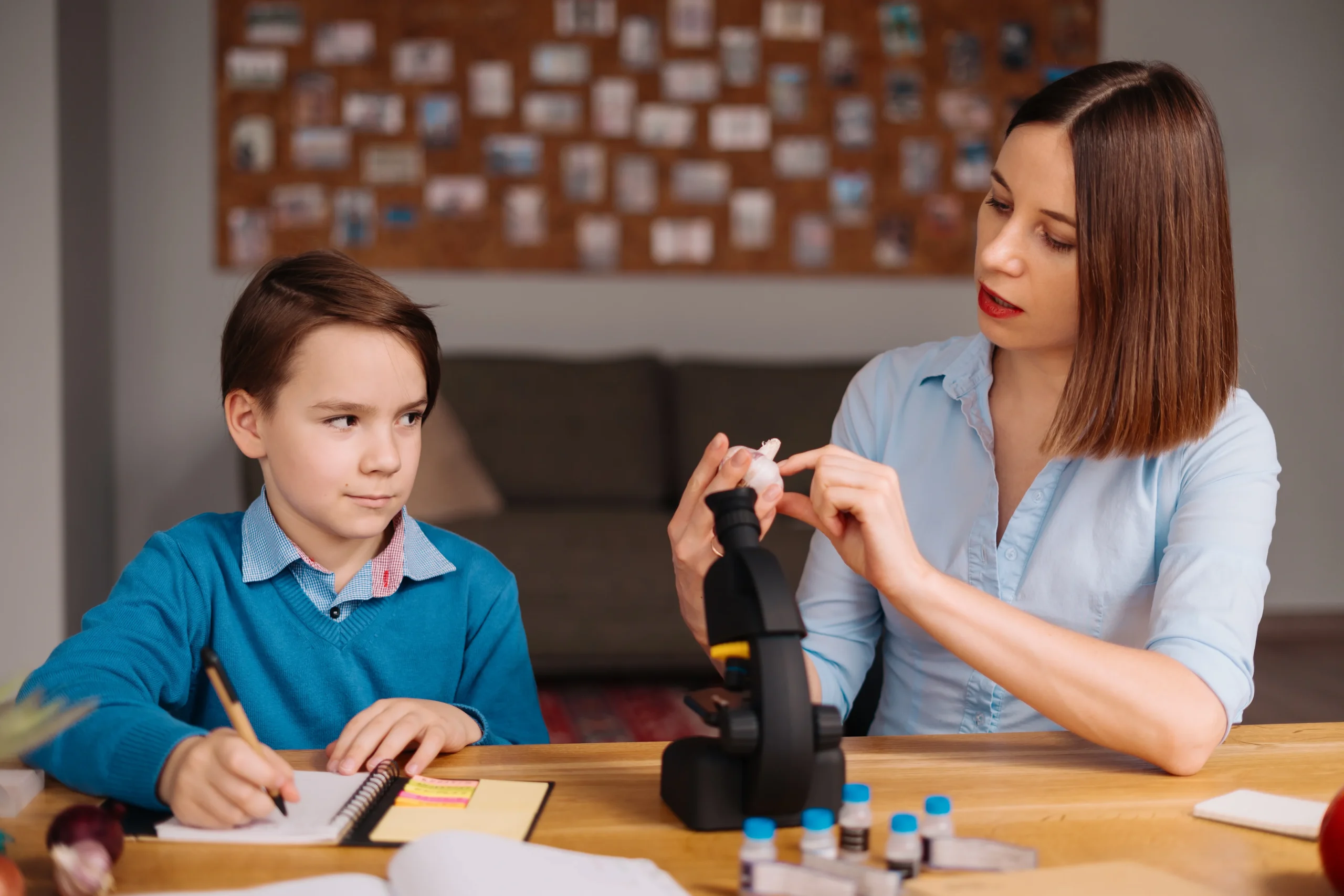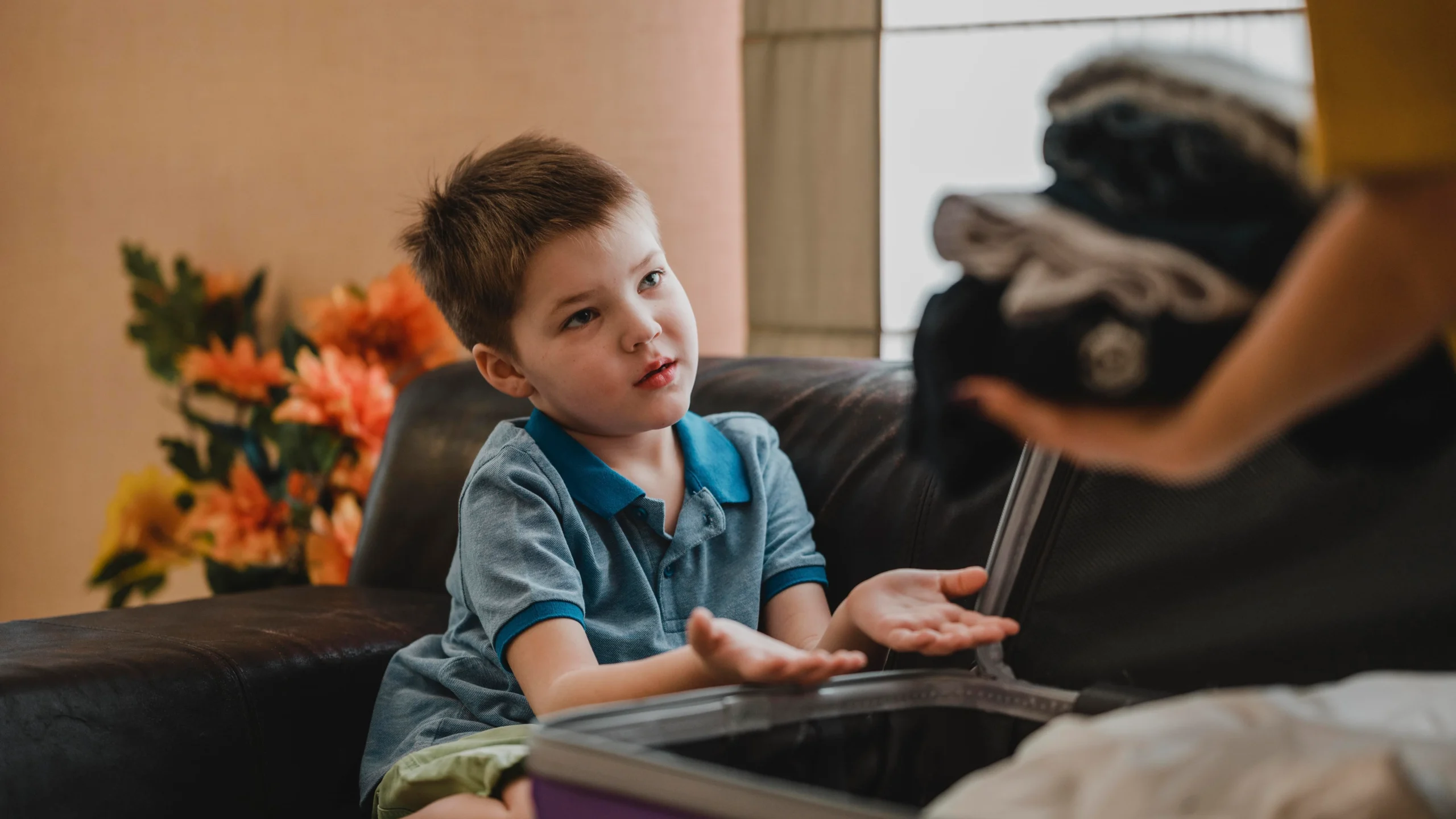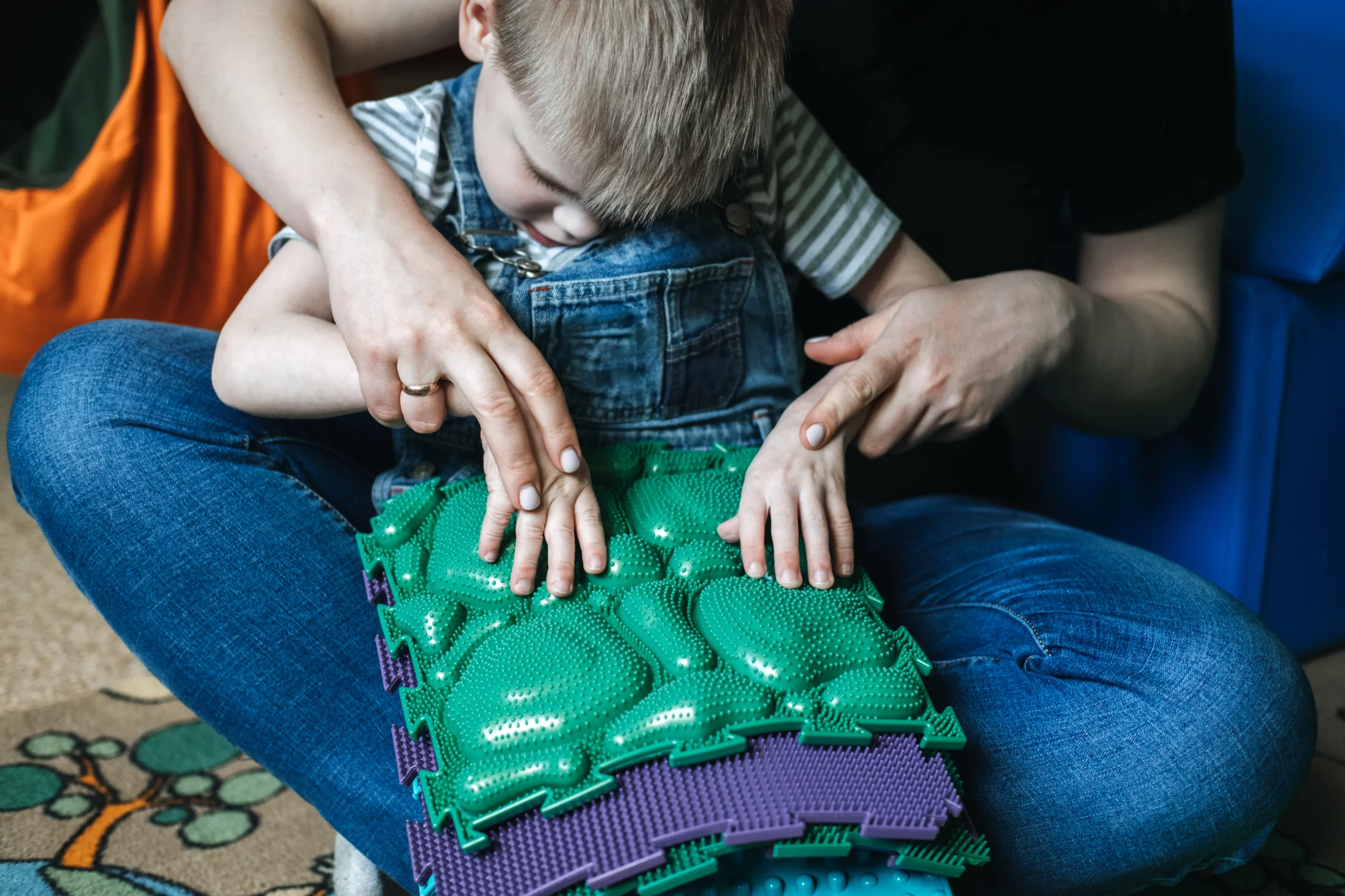Do you remember what it felt like? When you see your child struggling to connect, communicate, or complete normal tasks that appear easy to others. Looking at a student who is sensory overloaded or simply mortified by people and their reaction, having something behind the obstacle. That desire to see them living, able to take part in life, not merely to survive.
To people, parents, and teachers all over the world who struggle with autism and behavioral challenges, hope finds its substance in a scientifically proven method: ABA therapy. It is not merely a behavioral autism treatment but a way back to connection, learning, and paying life in full.
Early and intensive ABA therapy has been proven to cause an average increase of 17 points in IQ scores, along with improved adaptive behaviors in approximately 90% of children with ASD. How then does ABA therapy present opportunities across the lifespan?

One question might ask, what is ABA in special education? At its core, applied behavior analysis is a scientific study of behavior and its modification. It is similar to learning a special language of actions. What does ABA stand for? It is a short form of Applied Behavior Analysis and it implies that it makes use of what already is known to be true about how behaviors are brought about and applies them in real life circumstances so as to bring about successful change.
This is not a one-size-fits all; rather, a tailor-fit to studying the role of the environment in exerting influence on behavior and how the environment can be utilized to teach the key skills, including communication, social interaction, and self-care. Every parent of a child with learning differences should know about applied behavior analysis, which will help them know how to facilitate the child.
Consider that you are cultivating a plant. You learn what type of light it requires, how to water it, and which soils or nutrients can be beneficial to it. ABA treatment applies the same way to behavior. Behavioral analysis involves close observation, determining what occurs immediately before the occurrence of a challenging behavior (the trigger) and what follows immediately after it (the consequence that may inadvertently reinstate the behavior).
Skilled ABA therapy providers use this knowledge to offer techniques. The major methods include developing complex skills into small and teachable units (task analysis), the use of positive reinforcement (e.g. praise or favorite activity) to promote the behavior you want, and weaning off the aide as a skill is acquired.
It is also evidence-based and constantly tracks the progress to make sure that the ABA therapy is successful. Additionally, there is progress monitoring, and studies indicate that programs lasting over 20 hours a week achieve 40-45% more results in socialization and communication.


Children or adults with ASD may experience challenges in communication, both verbal and non-verbal. ABA therapy helps individuals learn to express their needs and emotions effectively, either through words, gestures, or communication devices.

Individuals with ASD often struggle with social interactions, such as making eye contact, understanding social cues, or initiating conversations. ABA therapy focuses on teaching appropriate social behaviors and improving social skills through structured practice.

Repetitive behaviors, such as hand-flapping, rocking, or repetitive speech, are common in individuals with ASD. ABA therapy works on reducing these behaviors and replacing them with more functional alternatives.

Many individuals with ASD have heightened sensitivity to sensory stimuli, such as bright lights, loud noises, or textures. ABA therapy addresses these sensitivities by using systematic desensitization and teaching coping strategies.

To a child with autism, the world may be a confusing symphony with all instruments playing simultaneously. The way ABA works with kids is similar to how a mild sweeper takes children to accustom them to the tune of communication and socialization, as well as how to live life.
This ABA technique of treating autism is very flexible. It may involve teaching a non-verbal child how to make a demand for juice through pictures, how to take turns on the playground with one child, and how to cope with the overwhelming feeling of a loud classroom with the third child.
The effectiveness of ABA therapy lies in its ability to break down the abstract concept of social rules into learnable, tangible actions step by step, thereby building confidence step by step. Its ultimate goal is ABA for children who receive ABA therapy by the age of 4 to set an advantage of 50% more proficiency at language and intellectual abilities than children who receive it later.
Would your toddler seldom respond to his/her name at 12 months? (50% of infants who develop the condition do so within 1 year). Not eye contact or enjoyment? Have trouble with basic pretend play? Have extremes of reaction to sound, texture, or light? Display repetitive actions? Although all kids develop differently, be aware of several of these signs regularly, as they could be an indicator that it’s time to book a visit with your pediatrician. Proper identification at an early age paves the way for early assistance, such as ABA therapy.
The myth that ABA therapy is not applied in adults but rather in very small children is dissolving at a very rapid rate. ABA for adults is a thriving and crucial field. Consider an adult who has difficulties passing the job interview because of social anxiety, difficulty coping with respective skills related to self-management, or broken relationships. Autism ABA principles are well adapted to meet these requirements.

It is essential to find the necessary guide for your child’s or loved one’s journey. Not all ABA therapy providers do so in the same way. Search for behavioral therapists for autism and find people who are Board Certified Behavior Analysts (BCBAs) or those supervised by a BCBA. Note that 47% of BCBAs are under 34 years old, so consider searching for experienced groups.
Have key questions: What do they know about your specific age and that related to them? What methods do they use in engaging families and other caregivers? How do they carry out their assessment? Are they focused on humane person-centered care? The selection of ABA therapy providers is crucial to achieving productive progress.
The ABA assessment is the detailed map needed to start an effective ABA therapy. It is not a test but an entire process. Providers also monitor the person across various environments, speak with caregivers and educators, and apply standardized assessments, such as the ABLLS-R. The goal? To identify particular strengths, identify difficult behaviors (their purpose is known: escape, attention, or getting something concrete), and determine deficient skills.
Subsequently, treatment is facilitated based on this map. Based on such assessment, applied behavior analysis activities are specific treatment plans. They may resemble formal activities aimed at establishing communication, teaching children about the natural environment at mealtime to help them learn to be independent, social grouping to teach social skills, and individual programs to minimize self-injurious behavior. All activities are aimed at, data is monitored, and progress is tracked in the ABA therapy plan, which can help reach measurable objectives 30% faster than other strategies.
Although ABA is an essential part of a treatment plan, a comprehensive team is often required in many cases. Wider behavioral healthcare related to autism treatment ABA is important in this case. These can be speech-language therapy to overcome speech delays or communication challenges, occupational therapy to learn new ways of processing sensory information and to promote overall motor skills, or counseling to overcome co-morbid anxiety or depression.
Such coordinated services include companies like Surpass Behavioral Health, where plans are coordinated and tactics surround the person and their family. The comprehensive approach to the autism-associated disorder care that covers the mental, communication, sensory and daily activities along with the essential behavioral strategies produces the best outcomes and supports the quality of life by 60% more than the single therapy. ABA therapy forms an essential part of this whole support network.
The ABA therapy is a theory-based scientifically tested behavioral, developmental learning technique. It works by paying critical attention to the association that exists between the environment of an individual and his or her behaviors. Therapists determine the antecedents and consequences that support problematic behaviors and train new behaviors or skills by procedural training, e.g. using positive praise, shaping and prompting. ABA therapy plan is evaluated at all times according to the progress data that can be helped to be changed.
Absolutely! Adults who have autism respond very well to ABA therapy. The principles are flexible despite being commonly linked with children. Areas of vitally important skills that ABA can be applied to in adults include independent living (such as cooking and budgeting), vocational skills, social interaction in work or community environments, anxiety management, and organizational skills. It enables the adults to become more independent and capable of participation, and 75% of them demonstrated real improvements in everyday functioning.
Applied behavior analysis activities vary according to personal goals and age. Asking to play with toys and taking turns may appear like play-based learning to a child. For an adult, this might include role-playing a job interview or operating public transportation. Discrete trial training (structured skill practice): The most common activities. Natural environment teaching (learning occurs in real life), Social skills groups, and functional communication training. ABA therapy is a goal-directed phenomenon.
You could consult your developmental expert, school or pediatrician and request them to provide some recommendations. Learn the number of institutions where the behavior analysts (BSAs) can be a provider, and their need also grew by 14% only in 2023. Check the credentials and experience according to your individual requirements (e.g. age, including challenges such as severe behaviors or poor verbal skills).
It is possible to use the directories of the respectful sources e.g., the Behavior Analyst Certification Board (BACB). You may also analyze interviews with potential providers to ask questions about their philosophy and strategy concerning family integration, and you may wonder how comfortable you are with the manner in which an ABA therapy provider addresses these issues.
Subscribe to our regular newsletter updates and stay educated!